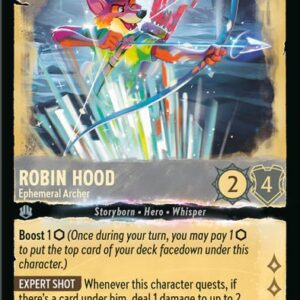If you’ve sauntered past the grand entrances of megastores on any recent Friday, you may have noticed a peculiar phenomenon unfolding. What appears to be queues for the latest gadget releases are, in fact, eager congregations of Pokémon card collectors and hustlers. These aren’t your typical leisurely shoppers either—they’re focused, steely-eyed, and ready to pounce at the swift crack of dawn. Their mission: to secure the freshest packs and boxes of Pokémon cards.
This frenzied spectacle, driven largely by a resurgence of affection for the beloved Pokémon Trading Card Game (TCG), has fastened itself into a collector’s craze that brings back echoes of the infamous sports card bubble from the 1990s. What began as a charming pursuit fueled by nostalgia has magnified into an intense chase that rivals Black Friday shopping chaos. The pressing question is, how sustainable is this Pokémon pandemonium?
Fast forward to restock night when the aisles teeter on the brink of chaos. It’s here on these Fridays that stores become a sort of battlefield, littered with collectors and scalpers angling for their share of the prize. While the former group dreams of adding to their cherished collections, the latter is less concerned with nostalgia and more with dollar signs. These opportunistic prowlers amass stockpiles of cards, betting heavily that their value, much like stock market speculation, will skyrocket.
This scalper-driven speculation, however, comes with a hefty toll. Fans and young collectors, those who simply want to enjoy the game, often find themselves outmuscled and outbid. The shelves, once home to shiny packs and colorful tins, transform into barren displays merely moments after restocking, their contents swiftly exchanged for inflated fortunes online.
What complicates matters further is the response from The Pokémon Company—an exponential boost in print runs to meet dizzying demands. Where once a collector might embark on a quest for a single rare card, like the whimsically adored “Van Gogh Pikachu,” they now find thousands of these cards graded and gracing the marketplace. The “Van Gogh Pikachu,” notorious for its fast track to infamy, now flocks in substantial numbers, with nearly 40,000 pristine PSA 10 copies in circulation, a figure too colossal to whisper the promise of rarity.
This all feels uncomfortably familiar. Think back to the great sports card debacle of the ’80s and ’90s—a time when the sheer glut of cards meant that what appeared scarce was mass-produced on a staggering scale, reducing once-coveted treasures to mere “commons” cloaked in flimsy hype and counterfeit scarcity. The result? A dramatic crash where stacks of now-theoretically worthless cardboard were all that remained of what was supposed to be a collector’s dream.
Today, the Pokémon TCG market finds itself teetering on a similar precipice, balanced precariously amidst rampant speculative buying and soaring prices. As collectors gradually piece together the reality of inflated populations and galleries that no longer boast exclusivity, trends seem to suggest we may soon witness the apex of this craze.
Scalpers, having tangled themselves in the web of debt from excessive buying sprees, could soon start flooding the market to liquidate their inventories, especially if stabilizing prices threaten their golden goose. Collectors might pull back as they see the writing on the wall, leading to a depression in demand and a further tumble in prices.
Long-standing veterans of the collecting world urge prudence and perspective. The storyline has yet to fully write itself out, but if the lessons from yesteryears hold any wisdom, it’s this: the collector’s treasure hunt might soon slow down, pivoting from a fervor-driven sprint back to strategic patience. Rarity, not volume or veneer, remains the lodestar in the realm of collectibles.
In the meantime, as cards and fortunes fly off the shelves with dizzying speed, one can only watch and wonder as this enchanting yet chaotic saga unfolds, mindful that today’s peaks may herald tomorrow’s plateaus in the perpetually spinning wheel of nostalgia-induced collecting.





